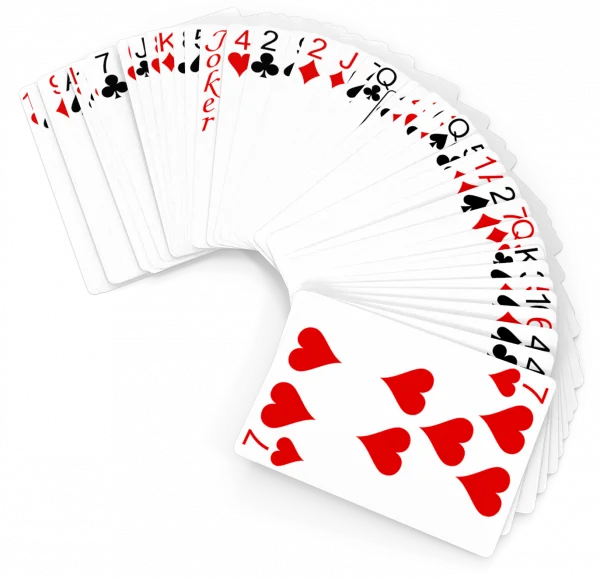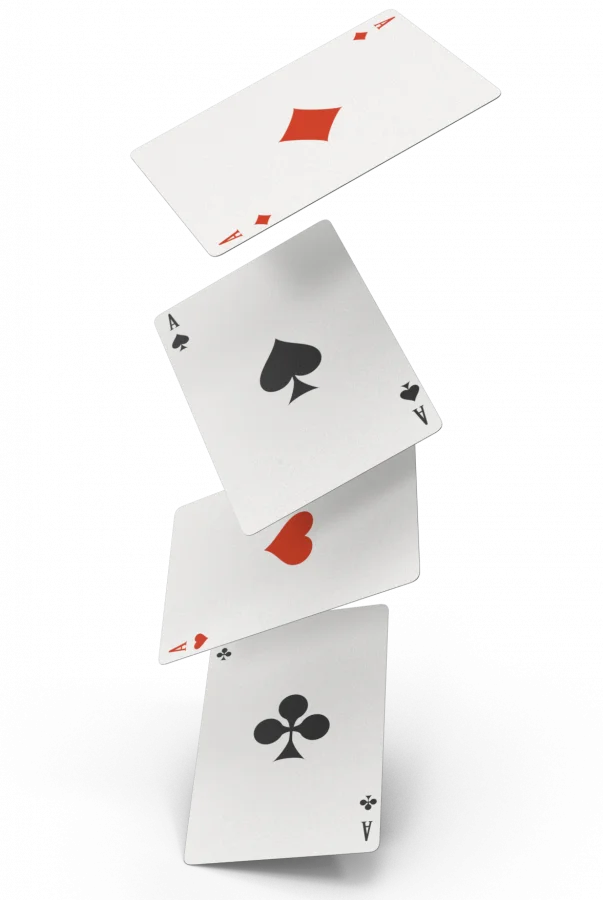How to Play 5-Card Omaha

5 Card Omaha poker is an exhilarating variation derived from the popular game of Omaha. This unique version adds an extra layer of complexity and strategy to the gameplay. In 5 Card Omaha, each player is dealt five private cards, known as “hole cards,” which are exclusively for their use. Additionally, five community cards are dealt face-up on the table, known as the “board.” To form the best five-card poker hand, players must precisely combine three of the community cards with two of their hole cards. This article will guide you through the different types of 5 Card Omaha poker games and explain how to play with clarity.
Types of 5 Card Omaha Poker Games
Pot Limit 5 Card Omaha Poker
This variant allows players to bet any amount up to the size of the pot. For instance, if the pot contains $100, a player can bet a maximum of $100. Pot Limit 5 Card Omaha is widely regarded as the most popular form of this game due to its balanced blend of skill and calculated risk-taking.
No Limit 5 Card Omaha Poker
In No Limit 5 Card Omaha, players have the freedom to bet any amount, including all of their chips, at any given time. This high-stakes version of the game demands both strategic thinking and the ability to gauge opponents’ moves effectively.

How to Play 5 Card Omaha Poker
1. Setting up the Game
In Pot Limit 5 Card Omaha, the games are categorised by the size of their blinds. For instance, a $1/$2 Pot Limit 5 Card Omaha game implies a small blind of $1 and a big blind of $2.
2. Pre-Flop
The game begins with each player receiving five hole cards. The betting action then proceeds clockwise around the table, starting from the player “under the gun,” who is immediately clockwise from the big blind.
After assessing their hole cards, each player has the option to play their hand by either calling the big blind or raising it. The first player to act is the one to the left of the big blind.
The cost to call is equivalent to the value of the big blind, while the minimum raise requires at least twice the amount of the big blind. Action then continues clockwise around the table until all active players have placed equal bets in the pot.
3. The Flop
Once the first round of betting is complete, the dealer reveals the “flop,” which consists of three community cards placed face-up on the board.
The active player immediately clockwise from the dealer button initiates the next round of betting. Players can evaluate their hand strength based on the combination of their hole cards and the community cards available.
4. The Turn
After the flop round of betting concludes, the dealer reveals the “turn,” which adds the fourth community card to the board.
The betting resumes with the active player immediately clockwise from the dealer button. This round provides another opportunity for players to assess their hand and make strategic decisions.
5. The River
Following the turn round of betting, the dealer unveils the “river,” which is the fifth and final community card placed face-up on the board.
Betting commences with the active player immediately clockwise from the dealer button. This final round allows players to make their last moves before the showdown.
6. The Showdown
If multiple players remain after the final betting round, the last person to bet or raise reveals their cards first. However, if no bet occurred on the final round, the player immediately clockwise from the button is the first to show their cards.
The player with the best five-card hand, utilising precisely two hole cards and three community cards, claims the pot. In the event of identical hands, the pot is equally divided among the players with the best hands.
Once the pot is awarded, a new 5 Card Omaha poker game commences, and the dealer button moves clockwise to the next player.
Pot Limit and No Limit 5 Card Omaha
Pot Limit 5 Card Omaha
In Pot Limit games, the minimum bet is equivalent to the size of the big blind. However, players can raise their bets up to the total amount in the pot.
To raise, players must contribute an amount equal to or greater than the previous bet or raise. For instance, if the first player bets $5, the second player must raise by at least $5, making the total bet $10.
The maximum raise is determined by the size of the pot, which includes the active pot, all bets on the table, and the amount the active player must call before raising.
Pot Limit 5 Card Omaha does not impose a cap on the number of raises allowed, providing an environment for strategic manoeuvres and calculated aggression.
No Limit 5 Card Omaha
In No Limit games, players have the freedom to bet any amount up to the entirety of their chip stack.
Similar to Pot Limit, the minimum raise must match the previous bet or raise in the same round. For example, if the first player bets $5, the second player must raise by at least $5, totalling $10.
The maximum raise in No Limit 5 Card Omaha is determined by the size of a player’s stack, which refers to the number of chips they possess on the table.
As with Pot Limit, No Limit 5 Card Omaha also does not enforce a cap on the number of raises, allowing for dynamic gameplay and strategic decision-making.
Conclusion
5 Card Omaha poker presents an exciting twist on the traditional Omaha game, offering players a unique and thrilling experience. Whether you prefer the structured betting of Pot Limit or the unbridled intensity of No Limit, 5 Card Omaha provides a challenging platform for poker enthusiasts to test their skills. Remember to adhere to the rules and strategies outlined in this article, utilising your hole cards in combination with the community cards to craft the best possible five-card hand. Now that you possess a comprehensive understanding of the game, gather your friends, sharpen your poker face, and embark on a remarkable journey through the captivating realm of 5 Card Omaha poker.
